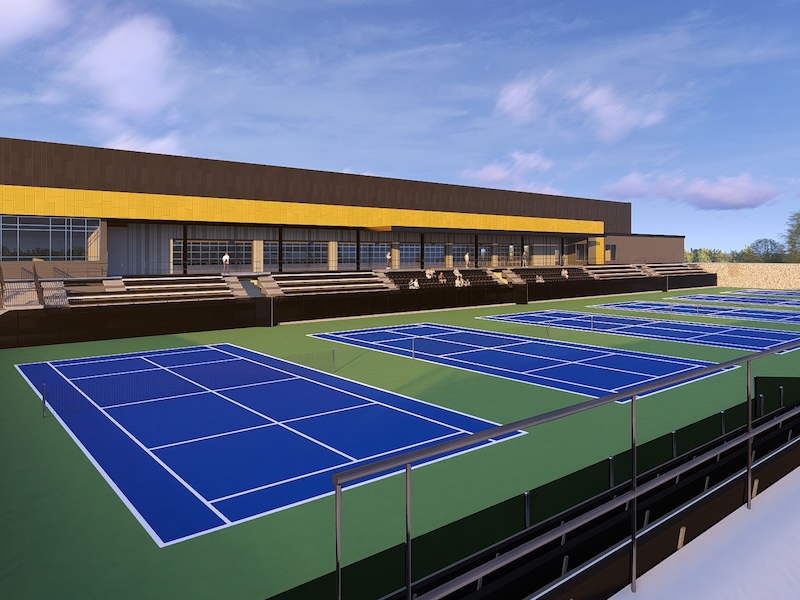Wichita State University will lead a three-year project to assist NASA’s manufacturing paradigm shift from “factories on earth” to “factories in space.”
“This project will pioneer a new in-space manufacturing technology based on electrospinning,” said Dr. Wujun Si, assistant professor in WSU’s College of Engineering. “It will significantly overcome some fundamental challenges faced by the current ISM technology based on additive manufacturing.”
“Physics-Informed-AI Enabled Smart Electrospinning of Nanofiber Membranes Towards In-Space Manufacturing” is funded by a NASA grant of $750,000.
Project success will enable Wichita and Kansas to develop a new research enterprise directed toward long-term, self-sustaining, nationally competitive aerospace research capabilities on ISM, which contributes to Kansas’ aerospace economy, and expand the nation's base for aerospace research and development.
“Spirit AeroSystems will use its manufacturing expertise to support the development, characterization and enhancement of nanofiber electrospun membranes in collaboration with the project partners,” said Kim Caldwell, senior director, Spirit AeroSystems Global Research & Technology. “This research will make it more feasible to eventually fabricate parts on space factories enabling new scientific and economic missions.”
The proposed innovative system will facilitate a series of future complex and long duration deep space missions that are previously impossible. NASA’s launch of Artemis I in 2022 and subsequent Artemis missions demonstrate that In-Space Manufacturing is of immediate need and essential to enable flexible on-demand manufacturing and mission sustainability.
The ISM technology is in an early stage and mostly rooted in additive manufacturing. It is well known that the layer-by-layer printing process in additive manufacturing is significantly impacted by the gravity. However, in-space environments (such as zero/micro-gravity and vacuum) are quite different from the earth's conditions. This substantially limits the ISM capability of additive manufacturing.
The project proposes a new electrospinning-based ISM technique. Compared with additive manufacturing, this electrospinning-based manufacturing paradigm does not rely on gravity and fabricates nanostructured thin parts like functional membranes in space, which complements additive manufacturing that prints macroscale solid parts.
The project consists of multi-institutional partnerships among Wichita State University, Kansas State University and the University of Kansas.
The NASA Marshall Space Flight Center directly leads the national ISM program. The NASA Ames Research Center, and NASA Glenn Research Center) and two government agencies (Argonne National Laboratory, Applied Physics Laboratory) are involved, as are business/industry partners Spirit AeroSystems and HCI Energy.
Wichita has earned reputation as the “Air Capital of the World” since 1928 and has bases of multiple leading aircraft/aerospace industries.
A broad class of research-integrated educational initiatives with a wide range of dissemination and outreach activities will attract students to pursue data science and advanced manufacturing studies, research and careers, especially female and underrepresented minority groups.
About Wichita State University
Wichita State University is Kansas' only urban public research university, enrolling more than 23,000 students between its main campus and WSU Tech, including students from every state in the U.S. and more than 100 countries. Wichita State and WSU Tech are recognized for being student centered and innovation driven.
Located in the largest city in the state with one of the highest concentrations in the United States of jobs involving science, technology, engineering and math (STEM), Wichita State University provides uniquely distinctive and innovative pathways of applied learning, applied research and career opportunities for all of our students.
The Innovation Campus, which is a physical extension of the Wichita State University main campus, is one of the nation’s largest and fastest-growing research/innovation parks, encompassing over 120 acres and is home to a number of global companies and organizations.
For more information, follow us on Twitter at www.twitter.com/wichitastate and Facebook at www.facebook.com/wichita.state.





